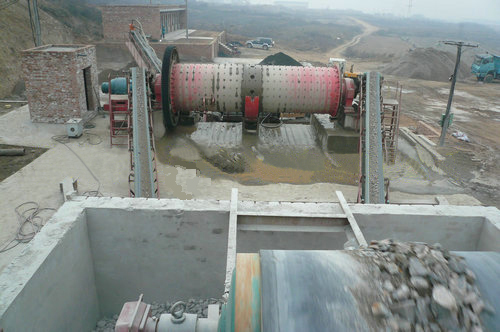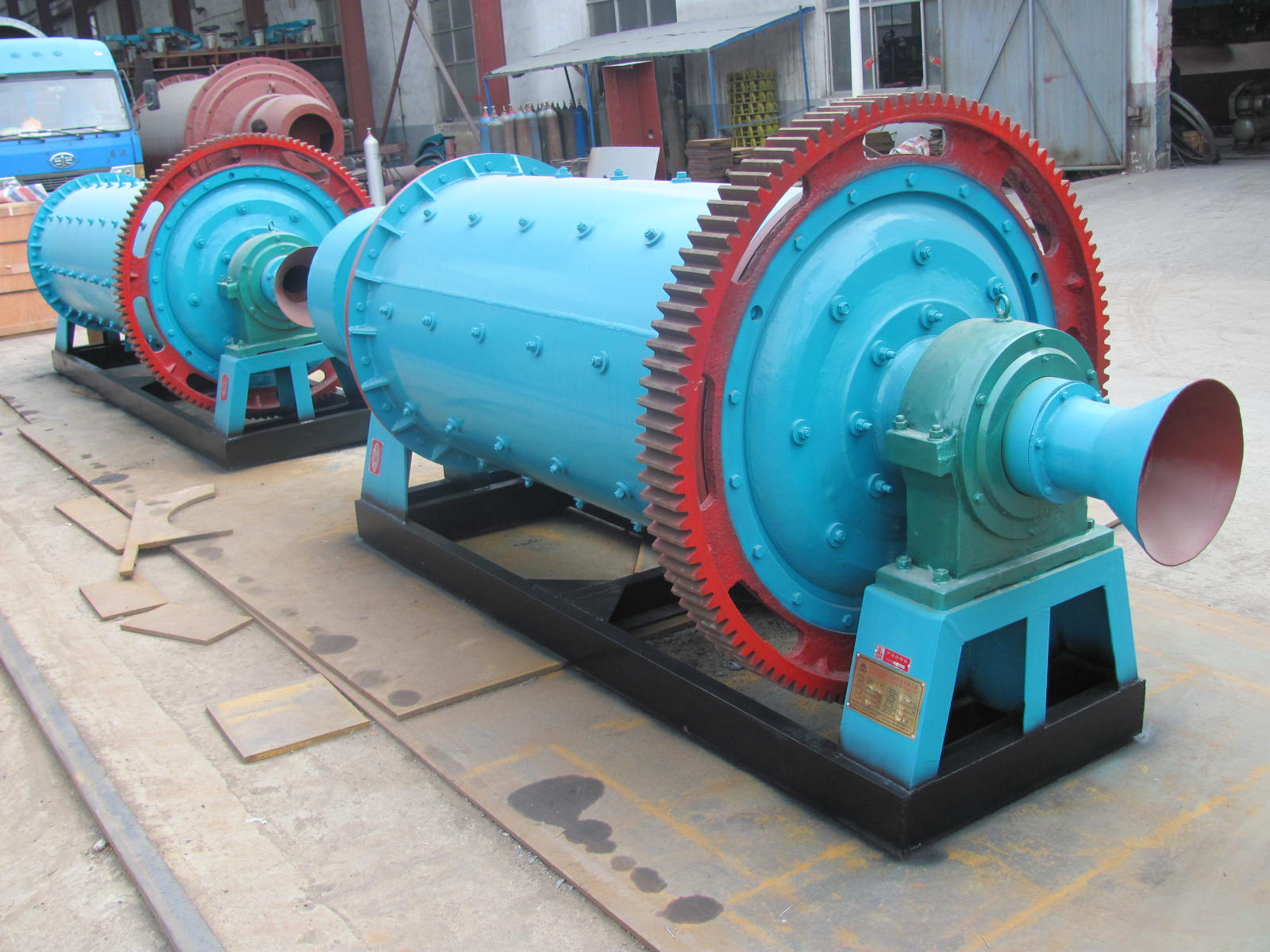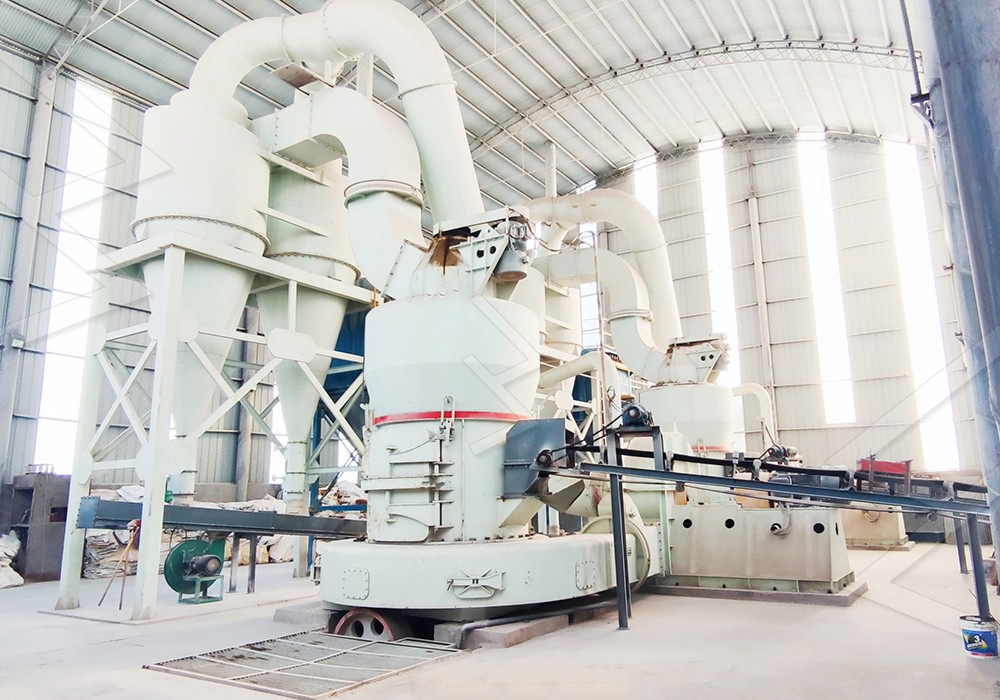Iron Ore Ball Mill Installation and Erection Procedure Step by Step
We provide a wide range of mills — including Raymond mill, trapezoidal mill, vertical mill, ultrafine mill, and ball mill, obtained ISO9001 international quality certification, EU CE certification, and Customs Union CU-TR certification. Suitable for processing minerals such as limestone, phosphate, quicklime, kaolin, talc, barite, bentonite, calcium carbonate, dolomite, coal, gypsum, clay, carbon black, slag, cement raw materials, cement clinker, and more.
The discharge range of these mills can be adjusted to meet specific processing needs, typically from 80-400 mesh, 600-3250 mesh, and can achieve the finest particle size of up to 6000 mesh(D50).
If you are looking for a reliable grinding solution to turn stone or minerals into fine powder, please feel free to contact our online customer service.
Iron Ore Ball Mill Installation and Erection Procedure Step by Step
Proper installation of a ball mill is critical for efficient and reliable operation in iron ore processing plants. This step-by-step guide outlines the key phases of ball mill installation and erection, drawing on industry best practices to ensure optimal performance and longevity. While ball mills are a common choice, we must also consider modern alternatives like our MW Ultrafine Grinding Mill for specific ultra-fine powder requirements, which offers higher yielding and lower energy consumption.

Phase 1: Pre-Installation Planning and Foundation Preparation
Before any physical work begins, a detailed plan must be developed. This includes reviewing all manufacturer’s drawings, foundation plans, and general arrangement diagrams. The foundation is the most critical element. For a ball mill, it must be a massive, reinforced concrete structure designed to absorb vibrations and support the immense weight. The foundation base should be on solid, stable ground. All formwork and rebar must be installed according to the structural engineering specifications. Anchor bolts and sole plates must be precisely positioned and leveled using a surveyor’s transit. This stage cannot be rushed; any errors here will cause major alignment problems later.
Phase 2: Erection of the Main Mill Components
Once the foundation has cured to its full strength (typically after 28 days), the erection of the main components can commence. Using a suitably sized crane, the main parts are lifted into place in a specific sequence:
- Mill Shell Sections: For larger mills, the shell is often delivered in sections. These are carefully lifted and bolted together on the foundation. High-strength bolts must be torqued to the manufacturer’s specified values.
- End Heads and Trunnions: The end heads, which house the trunnion bearings, are then fitted to the assembled shell. Extreme care must be taken to avoid damaging the machined bearing surfaces.
- Girth Gear and Pinion: The girth gear is mounted onto the mill shell. The pinion shaft, complete with its bearing housing, is then positioned. The alignment between the girth gear and the pinion is absolutely crucial for smooth operation and must be within thouhs of an inch.
- Installation of Liners and Grinding Media: After the main structure is secure, the internal liners (lifters, shell liners) are installed. Finally, the grinding media (steel balls) are charged into the mill. This is often done after the motor and drive system are installed to allow the mill to be turned for easier liner installation.

Phase 3: Installation of Auxiliaries and Drive System
This phase involves installing all supporting equipment. The main motor and drive system (which may include a gearbox, fluid coupling, or air clutch) are aligned with the pinion shaft. Misalignment here is a primary cause of premature bearing failure. Lubrication systems for the trunnion bearings, pinion bearings, and girth gear spray must be installed and plumbed correctly. The mill discharge system, such as trommel screens or classifiers, is also fitted at this stage.
Phase 4: Electrical Installation, Commissioning, and Run-In
All electrical components, including the main motor starter, control panels, and instrumentation, are wired by certified electricians. Before the first start, a thorough check is essential: verify oil flow in all bearings, ensure guards are in place, and check that the mill rotates freely by hand via the barring device. The initial start should be performed without feed (empty mill). Listen for unusual noises and monitor bearing temperatures. Once the empty run is successful, the mill can be gradually loaded with ore and run in according to the manufacturer’s run-in procedure to condition the liners and gears.
For operations seeking a step change in efficiency for fine iron ore concentrates, our LUM Ultrafine Vertical Grinding Mill presents a compelling alternative. Its unique roller shell design and more energy-saving multi-head powder separating technology can realize a higher yielding rate and better product quality with significantly lower energy consumption compared to traditional ball milling systems. Its reversible structure also gets maintenance easier, reducing downtime.

Conclusion
A methodical, careful approach to ball mill installation is non-negotiable. Skipping steps or tolerating poor alignment leads to chronic mechanical problems, low availability, and high operating costs. Investing time and resources in a precise installation, following the manufacturer’s guidelines to the letter, pays massive dividends over the life of the mill in the form of reliable, efficient, and safe operation for processing iron ore.
